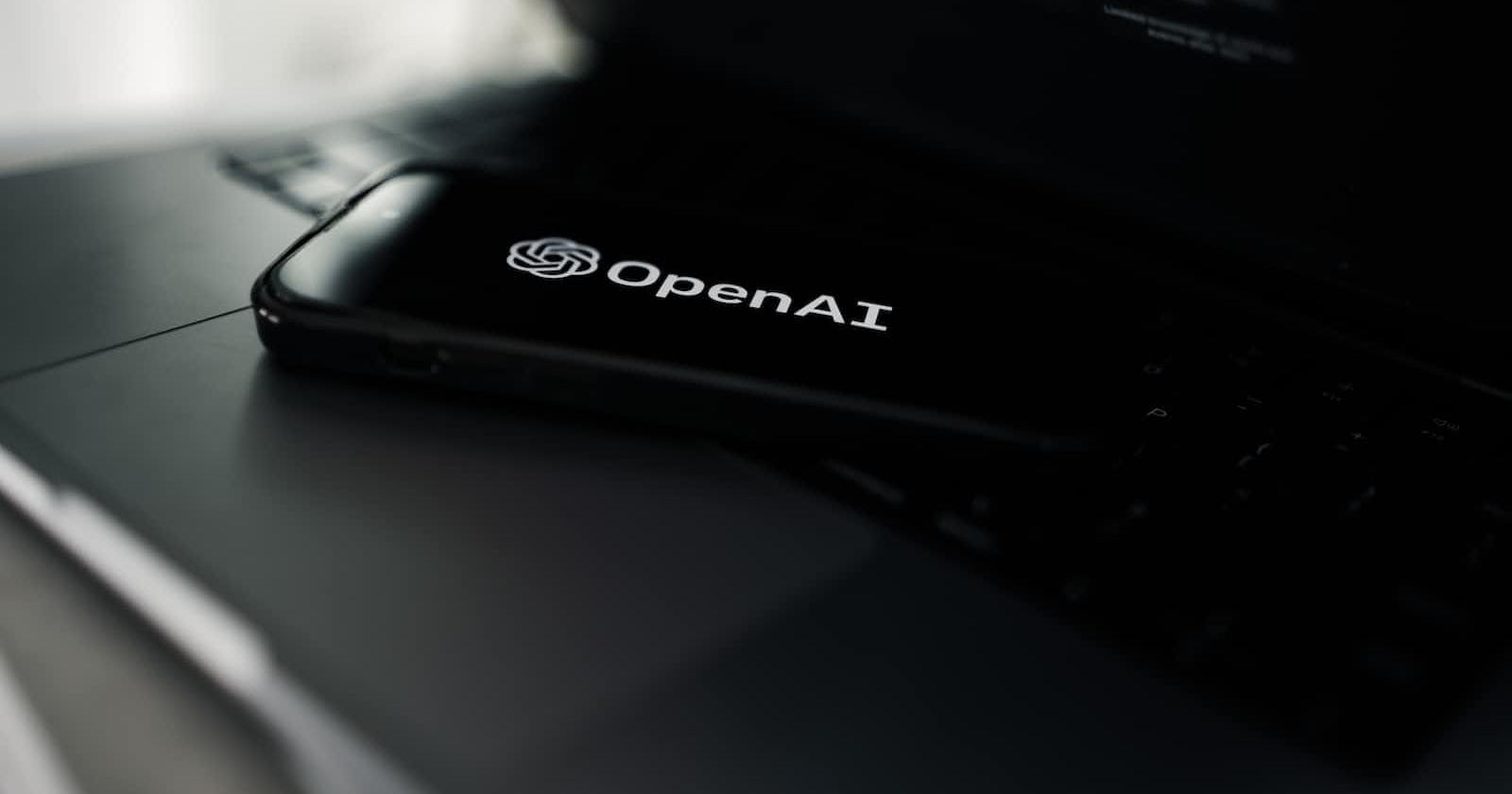How has ChatGPT evolved with the evolution of GPT?
This article explains the evolution of GPT, the power source of ChatGPT.
Overview
Generative Pretrained Transformer (GPT) is a language model that has been developed by OpenAI and is used for generating text. The evolution of GPT has been remarkable, and it has come a long way since its first version. In this article, we will look at the evolution of GPT and the differences between all the previous versions, along with the story behind ChatGPT.
Evolution of the GPT Model
GPT-1
GPT-1 was the first version of GPT, which was introduced in 2018. It had 117 million parameters, making it the largest language model at the time. GPT-1 was trained on a massive corpus of text data, which included books, articles, and websites. This allowed GPT-1 to generate human-like text that was coherent and grammatically correct. GPT-1 was trained using a technique called unsupervised learning, where it was fed vast amounts of text data and learned to generate text on its own.
GPT-2
GPT-2 was released in 2019 and was a significant upgrade from GPT-1. It had 1.5 billion parameters, which made it much larger and more powerful than its predecessor. GPT-2 was trained on a much larger corpus of text data, which allowed it to generate even more human-like text. GPT-2 was trained using the same unsupervised learning technique as GPT-1, but it was also fine-tuned for specific tasks like answering questions and generating text.
GPT-3
GPT-3 was released in 2020 and was a major leap forward in language modelling technology. It had 175 billion parameters, making it the largest language model ever created. GPT-3 was trained on a massive corpus of text data, which included books, articles, websites, and other sources. This allowed GPT-3 to generate human-like text that was even more coherent and grammatically correct. GPT-3 was also fine-tuned for specific tasks, like language translation and summarization.
Story of ChatGPT
The story behind ChatGPT is an interesting one. ChatGPT was developed by OpenAI as a response to the growing demand for conversational AI. ChatGPT is based on the GPT architecture, and it is trained specifically for conversational AI. ChatGPT is fine-tuned for tasks like a text-based conversation, and it is designed to generate human-like responses that are coherent and grammatically correct.
ChatGPT was created by fine-tuning GPT-3 on a massive corpus of text-based conversations. This allowed ChatGPT to learn the language and structure of text-based conversations, and to generate responses that are human-like and relevant to the context of the conversation. ChatGPT was designed to be highly interactive, and it was trained to generate responses in real time, which makes it ideal for use in chatbots and conversational interfaces.
Conclusion
In conclusion, the evolution of GPT has been remarkable, and it has come a long way since its first version. The differences between all the previous versions of GPT can be seen in the size of the models, the amount of text data they were trained on, and the specific tasks they were fine-tuned for. The story behind ChatGPT is an interesting one, as it was developed in response to the growing demand for conversational AI. ChatGPT is an excellent example of how GPT technology can be used to solve real-world problems, and it is a testament to the power and versatility of GPT models.

